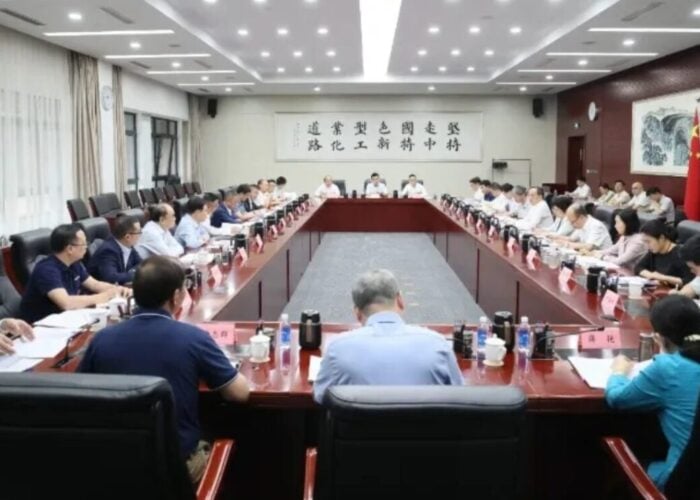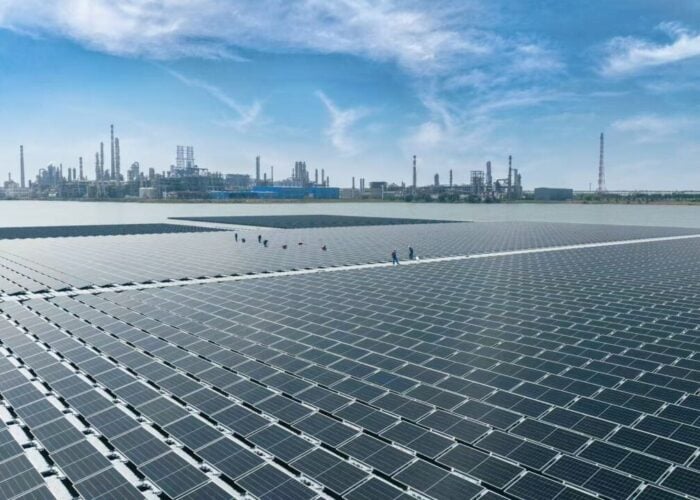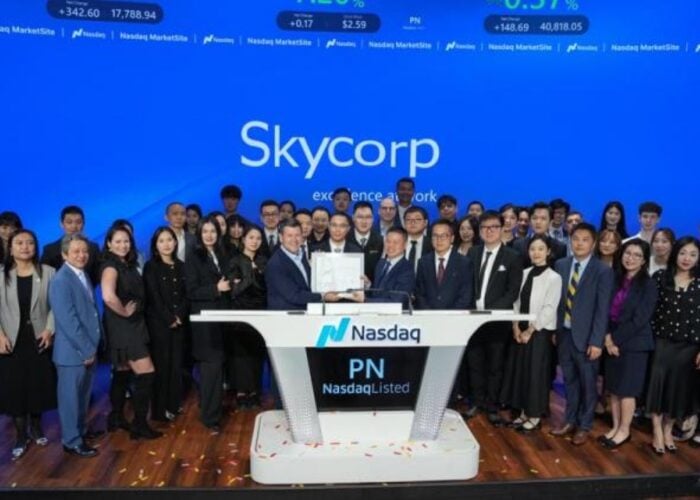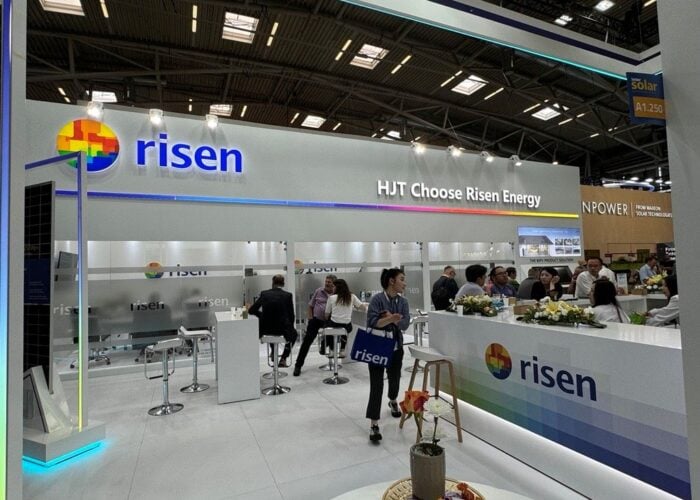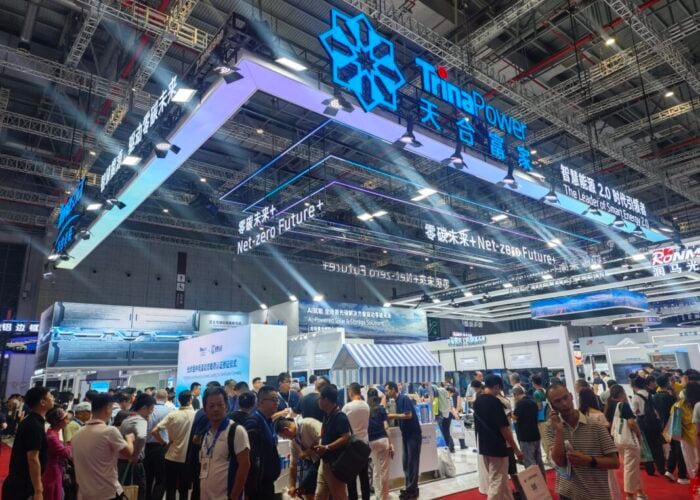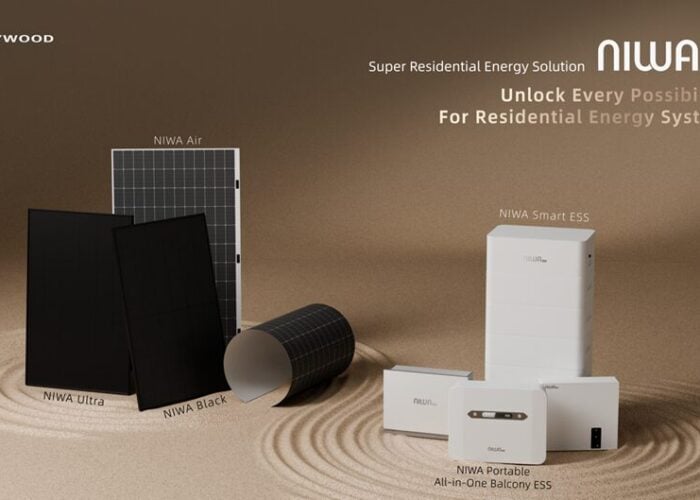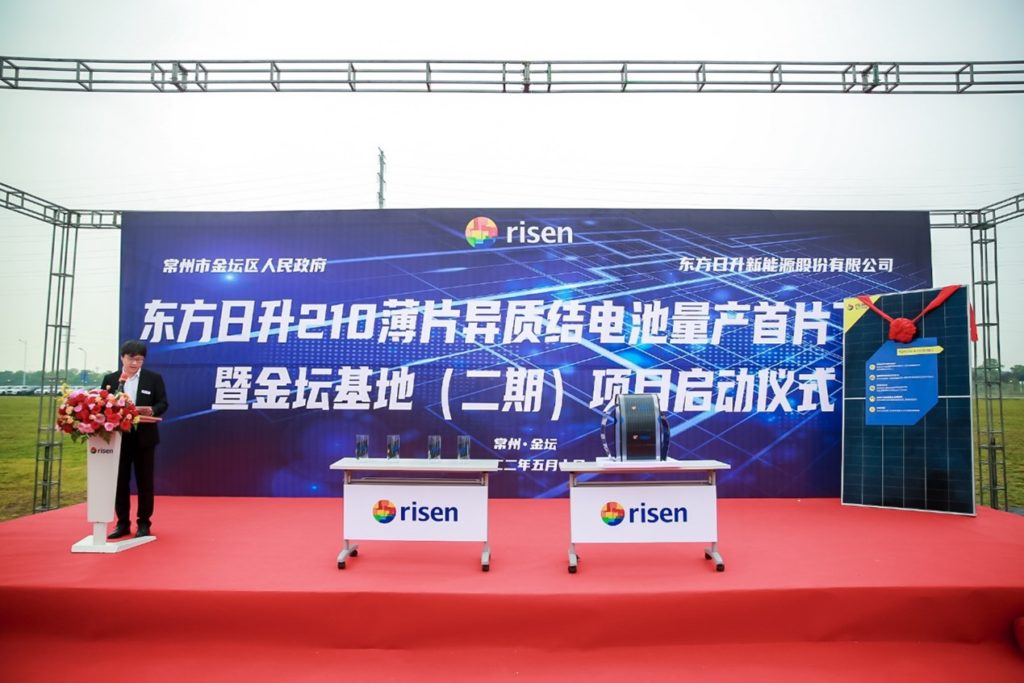
Chinese solar manufacturer Risen Energy has started production at its 210mm heterojunction (HJT) solar cell production line in Changzhou City, China.
The company upgraded its HJT pilot line over the past three months, with cells produced to now be used within its Hyper-ion modules which uses G12 210mm half-cut cells.
Unlock unlimited access for 12 whole months of distinctive global analysis
Photovoltaics International is now included.
- Regular insight and analysis of the industry’s biggest developments
- In-depth interviews with the industry’s leading figures
- Unlimited digital access to the PV Tech Power journal catalogue
- Unlimited digital access to the Photovoltaics International journal catalogue
- Access to more than 1,000 technical papers
- Discounts on Solar Media’s portfolio of events, in-person and virtual
Boasting a mass production cell efficiency of 25.5%, the cell structure uses a microcrystalline doping layer and has lower silver content paste than comparative PERC cells, Risen said.
The power output of the modules for this cell can reach up to 700Wp+ with a module efficiency of 22.53%.
The ‘Solar Module Super League’ member touted its HJT Hyper-ion modules decreasing LCOE by 10% compared to PERC modules and with a reduced carbon footprint that “will make outstanding contributions to realizing ‘carbon neutrality’” said the manufacturer.
Last month, Risen launched a range of HJT modules and building-integrated PV modules with a focus on reducing its carbon use, with HJT lowering the carbon value by 30% compared to PERC modules.
Earlier this year, the SMSL member announced a US$7 billion expansion plan to ramp up its module manufacturing capacity as well as its power generation projects.

